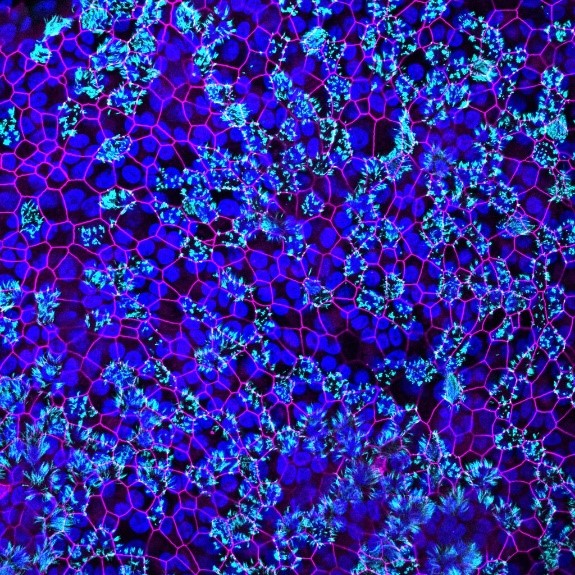Infectivity of Influenza Viruses in Expiratory Aerosols Under Ambient Temperatures and Humidities (IVEA)

This SNF-funded Sinergia project is an interdisciplinary, collaborative effort with Prof. Tamar Kohn (EPFL Lausanne), Prof. Thomas Peter and Dr. Ulrich Krieger (ETH Zurich) and Prof. Athanasios Nenes (EPFL Lausanne) that started in 2020.
Despite intense research efforts, our understanding of influenza virus transmission is still incomplete. Increasing evidence points to a role for expiratory aerosol particles in the transmission of influenza virus and inactivation of viruses in aerosols would thus limit influenza transmission. However, the responsible inactivating processes are largely unknown. The major goal of this project, IVEA, is to unravel how ambient conditions, in particular relative humidity (RH) and temperature (T), affect the infectivity of influenza viruses in expiratory aerosols. RH and T have frequently been found to affect virus infectivity, though their effects depend on the aerosol matrix. What is lacking is a mechanistic understanding of the effects of ambient conditions on virus stability in expiratory aerosols. We aim to determine how relative humidity and temperature control the physicochemical properties of expiratory aerosols, and how these in turn affect influenza virus infectivity.
Selected publications:
Expiratory aerosol pH is determined by indoor room trace gases and particle size
Expiratory Aerosol pH: The Overlooked Driver of Airborne Virus Inactivation